978-1-60692-762-5
Table of contents :
SUPERCONDUCTIVITY RESEARCH DEVELOPMENTS……Page 3
NOTICE TO THE READER……Page 6
CONTENTS……Page 7
PREFACE……Page 9
ACKNOWLEDGEMENTS……Page 15
1. Background……Page 17
2. Composition and Microstructure……Page 18
3. Influence of Boron Precursor Powders……Page 22
4. Influence of Nominal Magnesium Non-stoichiometry……Page 27
5. Chemical Modification: Second Phase Additions……Page 36
Acknowledgements……Page 38
References……Page 39
Abstract……Page 43
I. Introduction……Page 44
II. The Mutual-Inductance Technique……Page 46
III. Numerical Simulations……Page 50
IV. Influence of Non-uniform Critical Current Density Profile on Magnetic Field Behavior of AC Susceptibility……Page 52
V. On the Origin of Dynamic Reentrance and the Role of the Stewart-McCumber Parameter……Page 56
VI. Manifestation of Novel Geometric Effects in Temperature Behavior of AC Magnetic Response……Page 69
References……Page 75
1. Intermetalic Diborides……Page 79
Structure……Page 81
2. Synthesis History of AgB2 and AuB2……Page 82
3. Mechanical Behaviour, Electronic and Bonding Properties and Critical Temperature……Page 89
4. Future Direction of Research……Page 104
References……Page 105
Introduction……Page 109
1. Crystal Structure Parameters Determining Tc (Review)……Page 112
2. Comparison of Crystal Structure Parameters for Isostructural Materials of 1212 Type……Page 117
3. Crystal Structure Feature for HTSC Cuprates in Temperature Range 100-300 K……Page 122
Summary……Page 135
References……Page 136
1. Introduction……Page 141
2. Experimental……Page 144
3. Results and Discussion……Page 145
4. Conclusion……Page 162
References……Page 163
1. Introduction……Page 165
3. What Should a Theoretical Model Do?……Page 166
4. Pairing Mechanisms……Page 167
6. Conclusion……Page 178
References……Page 179
5. The Explanations for the Universality Law in HTSC……Page 175
Abstract……Page 183
2. Simple Mesa Structure……Page 184
3. U-Shaped Mesa Structure……Page 185
4. Double-Sided Zigzag Structure……Page 190
5. Conclusion……Page 199
References……Page 200
1. Introduction……Page 203
2. Experimental……Page 205
3. Results and Discussion……Page 207
References……Page 235
I. Introduction……Page 239
II. Why the New Approaches Are Necessary – Two Important Notes……Page 240
III. Comparison of HTS with LTS……Page 241
The Analytical Model……Page 244
V. Non-uniform Cases and HTS Device at OverloadingConditions……Page 249
VI. Closing Remarks for Quasi-uniform and Non-uniform Cases and 2-G HTS……Page 252
Acknowledgments……Page 253
References……Page 254
INDEX……Page 257
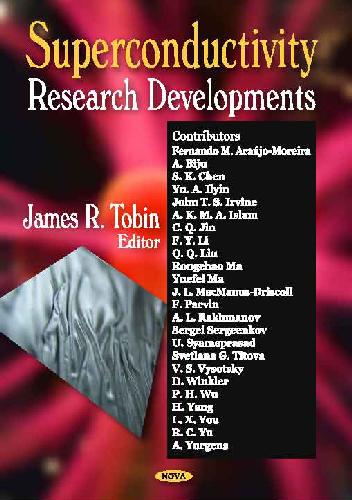
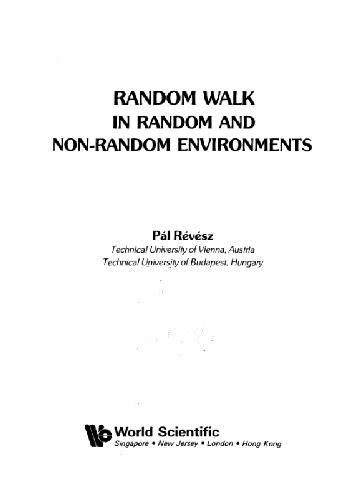
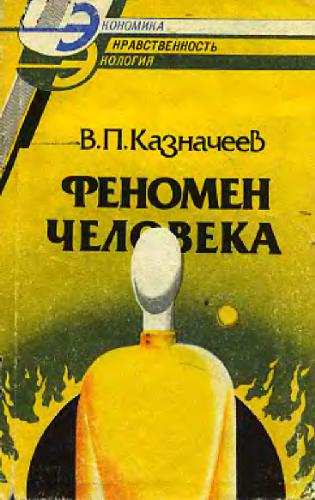


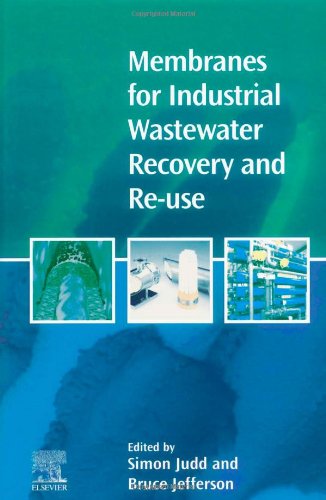
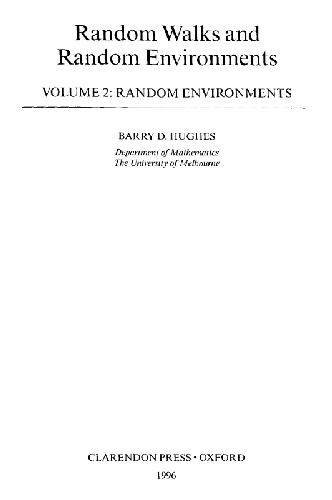
Reviews
There are no reviews yet.